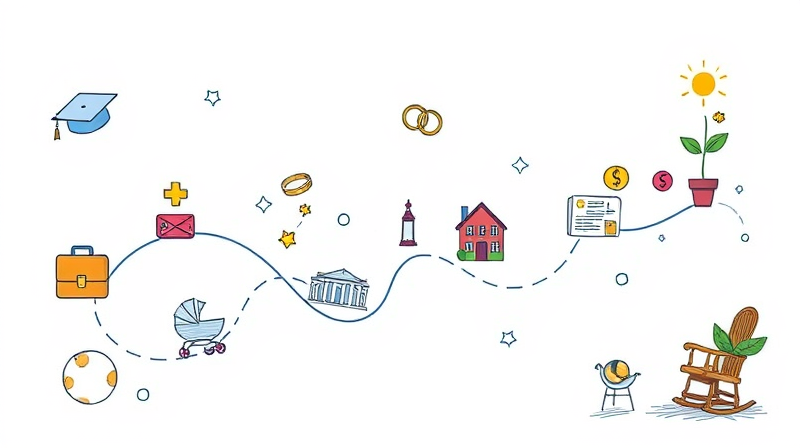
In today’s financial landscape, many investors find it difficult to maintain their positions through ups and downs. While traditional theories assume rational actors, real people are swayed by emotions and biases.
Behavioral finance offers a richer lens, examining how thoughts, feelings, and social forces lead to irrational or suboptimal financial decisions and frequent departures from long-term plans.
Behavioral finance merges psychology, sociology, and economics to explain why people deviate from rational behavior. It recognizes that investors are not cold calculators but human beings subject to emotion.
By understanding these patterns, we can uncover why smart individuals often sell at market lows and buy at highs, undermining long-term gains.
These biases often intensify during periods of uncertainty, causing investors to abandon strategies at precisely the wrong moment.
Research consistently shows that biases drive many investment mistakes. For instance, surveys of undergraduates reveal surprisingly high levels of overconfidence despite minimal real-world experience.
During market turmoil, emotions like fear and greed overshadow reason. Investors may panic-sell at lows or chase rallies out of FOMO (fear of missing out), locking in poor results.
Moreover, emotional decision-making becomes especially pronounced when headlines scream crisis, and social media amplifies negative narratives.
Market swings put pressure on the psyche. Even well-diversified portfolios can plummet, prompting short-term thinking and fear of making a wrong decision. This leads to systematic underperformance.
Key factors include:
Unfortunately, selling low and buying high has real costs. Data from past crises show that missing just a handful of best-performing days can cut decades-long returns by half.
Staying invested demands discipline. Yet humans naturally favor immediate gratification, known as present bias, which makes long-term strategies like dollar-cost averaging feel tedious.
Lack of financial literacy compounds the problem. Many investors misunderstand compounding, portfolio diversification, and the true cost of market timing.
They may believe a sudden market plunge spells permanent damage, unaware that historically, markets recover and new highs follow most downturns.
Understanding biases is half the battle. The following approaches help investors adhere to plans even when nerves fray:
These solutions employ “nudges” to guide behavior without removing choice. For example, default escalation of contributions by a small percentage each year harnesses inertia positively.
A helpful adage: “Set it and forget it.” By automating investments, individuals sidestep emotional triggers and set and forget long-term investments becomes reality.
Behavioral economics reveals why many investors drift away from long-term strategies. Psychological biases, emotional reactions to volatility, self-control challenges, and limited literacy all play a role.
Yet by acknowledging these pitfalls and adopting design-based solutions, it is possible to maintain discipline, avoid emotional traps, and realize the benefits of staying the course.
Ultimately, blending insights from psychology with robust investment practices empowers individuals to navigate uncertainty and build wealth over time.
References













